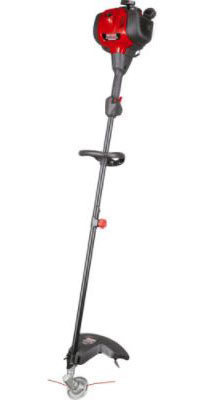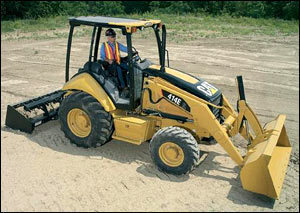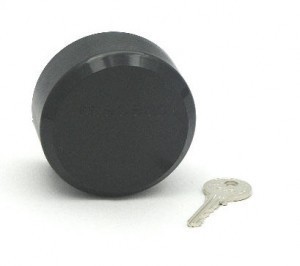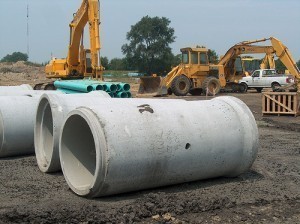Dimensions of a Cement Bag
Here are samples of dimensions of a cement bag and the equivalent weight.
Machine Standard Sizing
Dimensions of a cement bag are uniform when sized and manufactured through a machine. Bags are of sturdy paper material, usually light brown in color. Cement bag measurements are programmed to a particular size through a selector, with precision even in where sealing and sewing are to be done. With automated processing, manufactured sacks end up in standardized dimensions of a cement bag.
50 and 40 Pounds
Most dimensions of a cement bag that weighs 50 pounds are 20 inches in width and 30 inches in height. It has a thickness of 4 inches. Some cement bag measurements are smaller and weighs 40 pounds. They usually have an easy-tear sewn top that runs the entire width of the bag. Some bags are enforced with plastic sacks for protection.
Bag Grades
Examples of construction cement bag grades are 3 by 80 and 4 by 70. The 3 x 80 grade are often sized 50 by 62 centimeters with a thickness of 10 centimeters. Those with 4 x 70 sack grade are of the same cement bag measurements.
Printing Dimensions
The dimensions for cement bags regarding the printed area where the logo, brand, content details, and manufacturer’s address are indicated are as follows: 800 by 1300 millimeters. Most sacks have this maximum measurement. Most manufacturers prefer to have 1 to 4 colors printed.
Smaller Sizes
In some countries smaller cement bag measurements are available. They are sold per kilo and placed in manually sealed bags. Each bag may measure about 6 by 7 inches and 3 to 4 inches thick. These are not pre-packed sacks but are manually packed and prepared on the spot through weighing scales. Bags with smaller sizes are designed for small masonry works, like cementing small areas or repairing cracked or damaged pavements.
Standard 2400 Volume Sacks
Most cement sacks have a volume of 2400 (20 x 30 with 4-inch thickness weighed 50 pounds) for several reasons. First, they are easily carried by a person. Second, they are easily hoisted to a mixing machine. Third, they are easily turned upside down for emptying. Fourth, the size fits most conveyor belts transporting them at the construction site. And fifth, the weight is manageable with common conveyor belts.
Bigger and heavier bags will involve more manpower for big constructions and might compromise hoisting machines. Smaller bags will take longer to fill a cement and aggregate mixture proportion.





